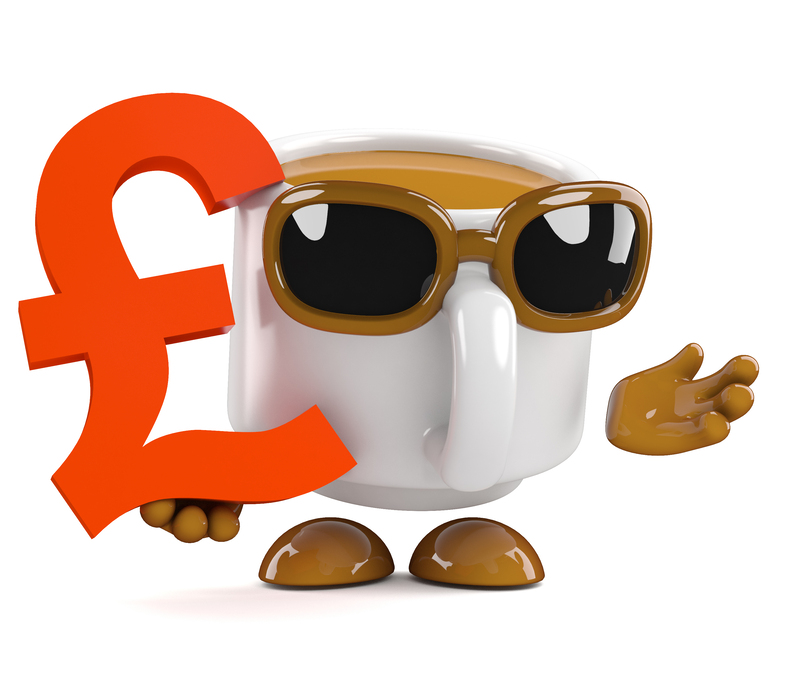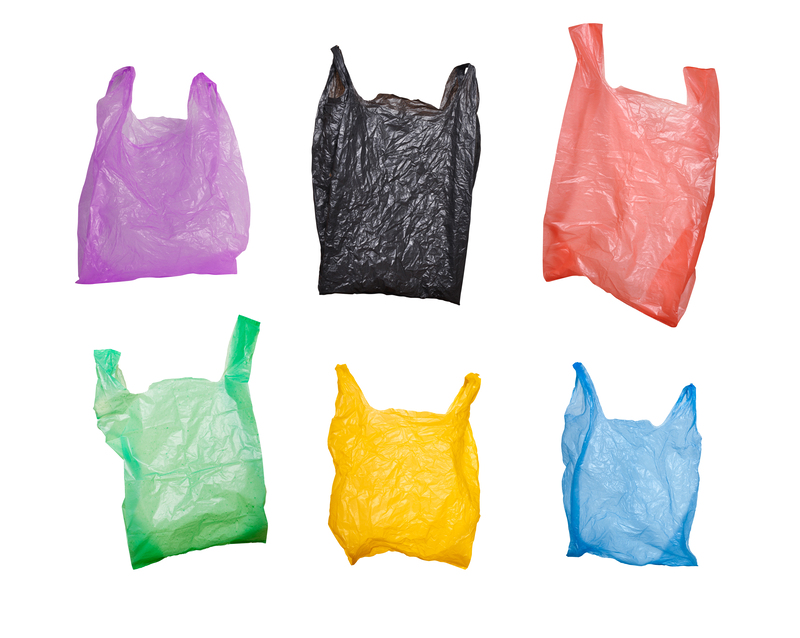Turning Cardboard Disposal into Resourcefulness: A Comprehensive Guide
Have you ever wondered what happens to all that cardboard that piles up after online shopping sprees, grocery runs, or moving house? By turning cardboard disposal into resourcefulness, individuals, communities, and businesses can unlock a wealth of benefits--not just for the environment, but for creativity, efficiency, and even cost savings. In this article, we'll explore innovative and practical ways to give a second life to discarded cardboard, dive deep into its potential uses, and offer actionable tips that transform waste into value.

Why Is Responsible Cardboard Disposal Important?
Cardboard is one of the most widely used packaging materials in the world, due to its affordability, durability, and recyclability. According to the U.S. Environmental Protection Agency, over 30 million tons of corrugated cardboard are generated annually in the United States alone. While many people simply flatten boxes and toss them in recycling bins, rethinking cardboard waste opens up opportunities for environmental sustainability, resourcefulness, and even artistic expression.
- Reduces landfill waste: Landfilled cardboard can take years to decompose, releasing methane, a potent greenhouse gas.
- Saves natural resources: Recycling or reusing cardboard conserves trees and water used in making new paper products.
- Promotes creativity and education: Re-purposing cardboard engages creativity and hands-on skills development in learners of all ages.
- Contributes to a circular economy: Reusing materials helps close the resource loop, reducing extraction and processing of raw materials.
From Waste to Worth: New Perspectives on Cardboard Disposal
The journey of cardboard doesn't have to end at the recycling center. By adopting innovative methods and a resourceful mindset, you can transform cardboard waste into practical products, eco-friendly solutions, and even profitable opportunities. Below, we explore various avenues to make your cardboard disposal process productive and environmentally responsible.
Creative Reuse at Home: Unlocking Hidden Potential
Turning cardboard disposal into resourcefulness at home is surprisingly simple and rewarding. Here are several imaginative ways to repurpose cardboard:
-
DIY Storage Solutions:
Cardboard boxes can be converted into stylish storage bins with a bit of fabric or paint. Use them for organizing clothes, toys, garage tools, or office supplies. -
Kids' Play Structures:
Building forts, dollhouses, race tracks, or castles can keep children entertained for hours and stimulate their problem-solving skills. -
Gardening Helpers:
Use cardboard as a biodegradable weed barrier in gardens. Place flattened boxes beneath mulch to suppress weeds and enrich the soil as the cardboard decomposes. -
Pet Accessories:
Cut and assemble cardboard to build scratching posts, cozy beds, or playgrounds for cats and small animals. -
Art Projects:
Cardboard is an excellent medium for sculptures, wall art, props, or photo frames--ideal for craft enthusiasts and students alike.
Cardboard Upcycling for Small Businesses
Small businesses generate a significant amount of packaging waste. By adopting resourceful cardboard disposal methods, they can cut costs, support sustainability goals, and engage with their communities. Consider these practices:
-
Eco-Friendly Packaging:
Shred used cardboard to create cushioning material for shipping fragile items. This reduces reliance on plastic bubble wrap and demonstrates environmental responsibility to eco-conscious customers. -
Promotional Material:
Utilize clean sections of cardboard for in-store signage, price tags, or temporary displays, reducing the need for new materials. -
Collaborative Recycling:
Partner with other local businesses to collect and bulk-recycle cardboard, often at reduced costs compared to managing waste individually. -
Donation Programs:
Offer clean, sturdy boxes to schools, art collectives, or charitable organizations for reuse in projects, storage, or relocations.
Cardboard Recycling: Best Practices for Households and Companies
For cardboard disposal that prioritizes recycling, attention to certain practices ensures greater efficiency and value recovery. Here are golden tips:
- Keep it clean and dry: Food stains, oil, and moisture can ruin a batch of recyclables. Only recycle clean cardboard.
- Break down boxes: Flattening boxes maximizes space in recycling bins and simplifies processing for recycling facilities.
- Separate packaging materials: Remove plastic tapes, labels, and fillers to prevent recycling contamination.
- Know what's recyclable: Not all cardboard is created equal--waxed or heavily coated cardboard may not be accepted at all facilities.
- Stay current on local guidelines: Recycling programs differ by area. Confirm collection schedules and sorting requirements.
Innovative Cardboard Uses: Beyond Conventional Disposal
Thinking outside the box (pun intended) leads to remarkable cardboard solutions! Forward-thinking entrepreneurs, designers, and engineers are exploring new applications for discarded cardboard:
Furniture and Interior Design
- Cardboard Furniture: Lightweight chairs, tables, and shelving made from layered or honeycombed cardboard are strong, stylish, and sustainable. This is gaining popularity in eco-friendly design and temporary event setups.
- Architectural Models: Cardboard remains a favorite for mock-ups in design and architecture studios due to its versatility and accessibility.
Disaster Relief and Temporary Shelters
- Emergency Shelters: Cardboard's insulating properties and ease of transport make it ideal for affordable, short-term housing in disaster zones.
- Bed and Bedding: Charities are now manufacturing lightweight, foldable cardboard beds for use in emergency shelters and refugee camps.
Environmental Conservation
- Soil Erosion Prevention: Cardboard is increasingly used in environmental restoration projects to stabilize soil and reintroduce native plants.
- Composting Aid: Shredded cardboard is an excellent carbon source, balancing nitrogen-rich materials like food scraps in compost bins.
Community and Educational Initiatives
Mobilizing community action and schools to turn cardboard disposal into resourcefulness has ripple effects:
-
Cardboard Drive Events:
Organize neighborhood collection programs, directing cardboard towards local recycling or upcycling projects, and teaching resource stewardship. -
School Workshops:
Engage students in science, art, and engineering challenges using cardboard, fostering innovation and sustainability awareness from a young age. -
Public Art Installations:
Host community art exhibits using recycled cardboard to raise environmental awareness and beautify public spaces.
Case Studies: Cardboard Resourcefulness in Action
-
Furniture for Social Good:
The company CartonBuilt manufactures robust, modular furniture solely from used cardboard, donating a portion of proceeds to homeless shelters. -
Cardboard Regatta:
Some towns hold annual boat races with vessels made entirely from repurposed cardboard, combining environmental learning with entertainment. -
DIY Urban Gardens:
Community garden groups have used cardboard as an effective, natural weed suppressant while growing affordable fresh produce for low-income neighborhoods.
Environmental Benefits of Cardboard Resourcefulness
By turning cardboard waste into resources, we amplify these environmental gains:
- Lower carbon footprint: Maximizing reuse and recycling drastically reduces the emissions and energy use required to produce new cardboard.
- Reduced landfill pressure: Creative repurposing decreases the volume of waste sent to overflowing landfills.
- Conservation of resources: Reusing cardboard means less logging and water consumption, supporting forest and wildlife preservation.
- Pollution Prevention: Less incineration of waste cardboard means cleaner air and water for all.
Tips for Effective Cardboard Resourcefulness at Home and Work
- Assess your waste: Track your cardboard usage for a week to understand the potential for reuse or creative repurposing.
- Store smartly: Keep larger, clean pieces in a dry area so they're readily available for projects or donations.
- Get inspired: Search online for DIY projects, community programs, and upcycling tutorials.
- Involve others: Make it a family, team, or classroom challenge to discover new ways to turn cardboard disposal into resourcefulness.
- Share surplus: Donate excess cardboard to friends, artists, educators, or local nonprofits.

Common Myths and Mistakes in Cardboard Waste Management
Let's dispel some misconceptions:
- "All cardboard is recyclable." Not true. Pizza boxes and greasy packaging usually cannot be recycled due to food contamination.
- "Recycling alone is enough." While recycling is vital, incorporating reuse and upcycling reduces demand for new resources even further.
- "It's too time-consuming to repurpose cardboard." Many projects are quick and easy, and involving others can make it fun and efficient.
Turn Your Cardboard Waste into a Resource: The Path Forward
Transforming how we approach cardboard waste can have lasting environmental, economic, and creative impacts. With just a bit of imagination and resourcefulness, anyone can play a part in reducing waste and building a more sustainable future.
- Start small, with one creative reuse or recycling project.
- Encourage discussions at home or work on sustainable cardboard disposal strategies.
- Drive community efforts and support organizations using cardboard as a resource.
In conclusion, turning cardboard disposal into resourcefulness isn't just a trend--it's a movement towards smarter, greener living. Whether you're a parent, entrepreneur, student, or civic leader, your approach to cardboard waste matters. Start today, and watch discarded boxes turn into tools of change!